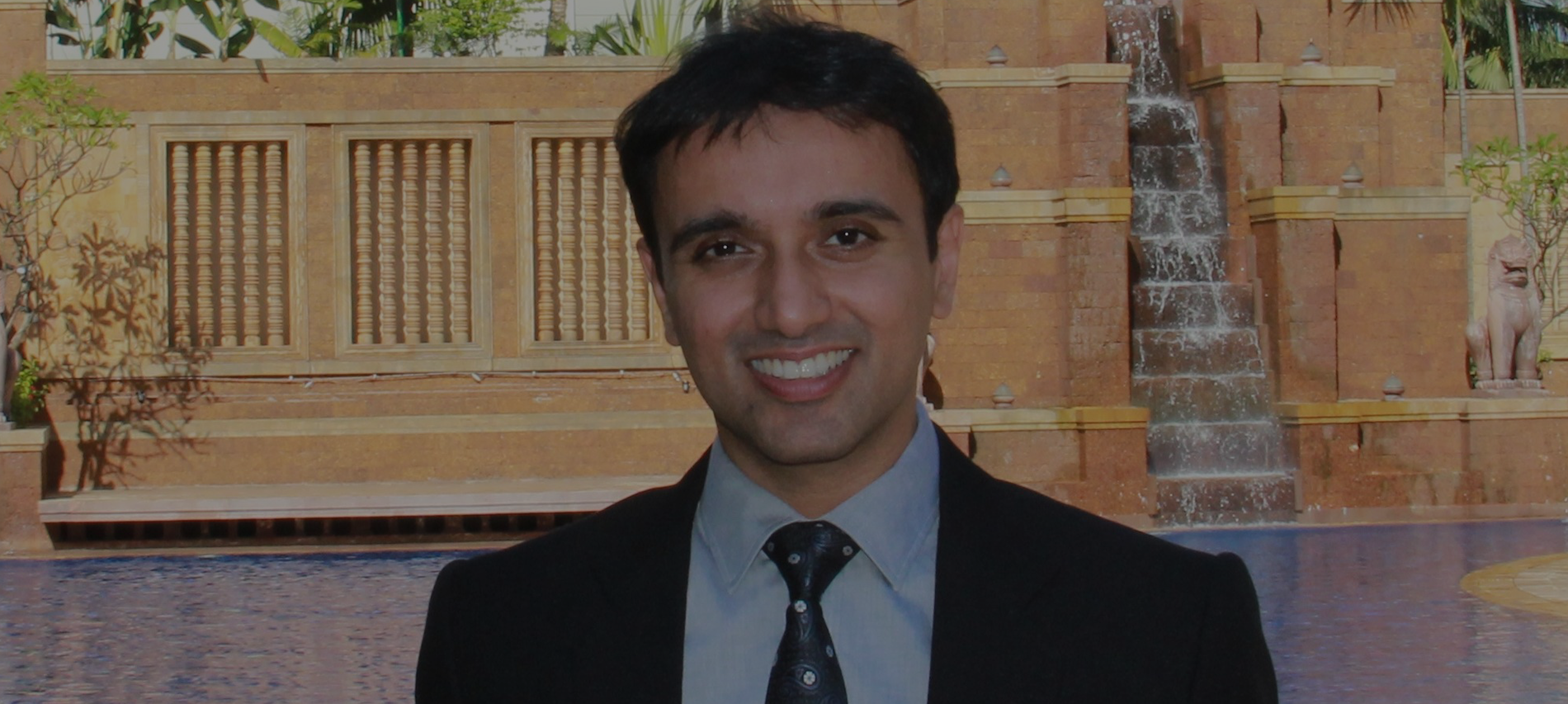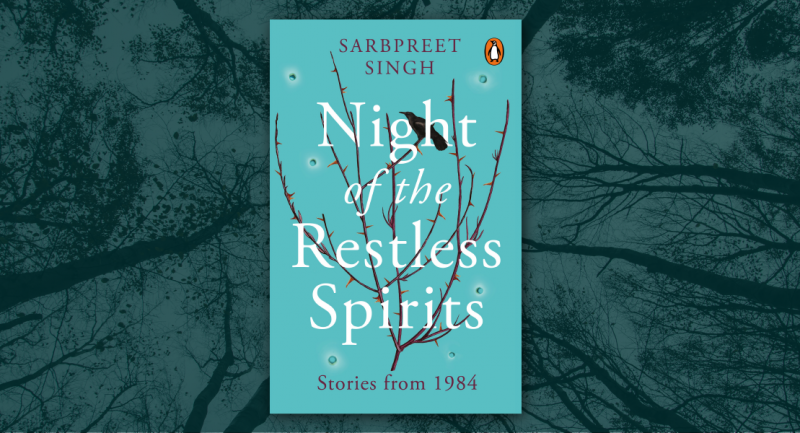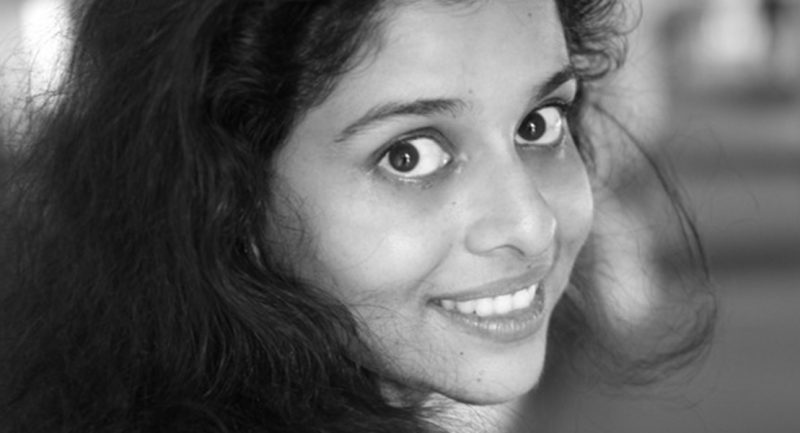
By Dr Vineet Aggarwal
When young Jagdish aka J. C. Bose, a brilliant Indian scientist extended his hand to pluck a flower, his mother admonished, him, ‘Plants were not to be disturbed at night! It’s time for them to sleep.’
As a kid, when I heard similar warnings from my grandmother, I used to laugh them away calling her superstitious. Born in pre-independence India, my grandmother was barely educated, what would she know about plants or the science associated with them? It wasn’t until I took up botany years later and learnt the concept of Nyctinasty (in lay terms, the response of plants to changes in light intensity), that I realized how deeply based on science this suggestion actually was.
The innocuous statement said to a young J. C. Bose, helped change our understanding of the plant kingdom for all time to come for it made him show the world that plants could feel pain as well as understand affection. This realization made me wonder what could happen if we look at other such myths and so called superstitious religious beliefs in the light of science. There is so much information available at the click of a button that it is almost criminal to not to explore the world around us and get to know more about it.
When I tell someone I am a doctor, most people automatically assume I would have nothing to do with religion. The perception that people into science are not into religion and vice-a-versa is quite prevalent and I know it is not without reason. These two disciplines have always been at logger heads with each other. Galileo, who quite to the chagrin of the notions of established religion, used the telescope to declare that the Sun did not after all revolve around the earth, had to kneel to the clergy and accept that his theory was false.
Charles Darwin, who first came out with the Theory of Evolution faced considerable criticism. In spite of a huge body of evidence to support his claims, most religious clerics and even many men of science refused to accept the theory in his lifetime. Even today, leaders of various religious communities keep giving diktats to their followers on what is or isn’t acceptable. Similarly, we find a lot of people educated in the modern system of schooling rubbishing religious beliefs as primitive mumbo jumbo. Of course a lot of religion is ritual but that doesn’t mean all of it is to be considered unscientific. At the same time, religious leaders should open their minds and consider that science is not against religion as much as it is against blind superstition.
So are Science and Religion destined to remain at loggerheads with each other? Maybe not if we keep an open mind towards the possibility that their amalgamation provides. Today, I am a blogger and an author precisely because I decided to explore the connection between them and share it with those kindred souls who might have the same interests as me.
My blog, Decode Hindu Mythology, has articles delving into various myths taken from comparative world mythologies. Each article utilizes at least one stream of science to analyze it in a better way for the modern audience. It could be archaeology, genetics, astronomy, linguistics, oceanography or any other branch of science that is relevant for that particular topic and I am glad to observe a healthy response from readers all over the globe.
To give an example of what I have been rambling about, the three big religions of the world – Christianity, Islam and Hinduism – talk about the ‘Great Deluge’ that drowned everything and life could continue only when God intervened and selected one virtuous man to begin life anew after the waters receded. According to the Abrahamic religions, the only survivor of this global flood was Noah who survived by creating an Ark as commanded by God’s angels while in Hindu beliefs, this task was undertaken by Vaivasvat Manu with help from Lord Vishnu’s Matsya, amphibian Avatar.
When I researched more I found that such flood-myths were not restricted to these three religions, and could be found in mythologies from Philippines to Babylon to Egypt to Nigeria and Mexico! I wondered if the presence of these myths in widely separated geographies indicated that a large part of the globe had really gone underwater at some time in history and while finding the answer to a question posed by religion, it was science that came to the rescue.
In the glacial period all water was withdrawn from the oceans and got stored as ice that covers the land in thick sheets of ice. When the meltdown begins, all water was released back into the oceans, inundating what used to be habitable land and wiping out signs of all civilization. The stories of Noah and Vaivasvat Manu then may just be the stories of the survivors of that global flood that affected almost all coastal civilizations. Not too much difference between the beliefs of science and religion then?
This is not the only example; a similar congruity can be found in descriptions of the Sun-god (Apollo to the Romans, Ra for the Egyptians and Surya in Hinduism) traveling across the skies. Hindu sages describe that the Sun-god’s chariot has one central wheel with twelve spokes and is drawn by seven horses. Sounds like a fairytale till you pause to think about the extremely specific numbers. Could it be possible that the central wheel with twelve spokes was actually a metaphor for the Solar year, divided into twelve months? Would it be too far-fetched if I equated the seven horses yoked to this fantastic chariot with the seven colors that comprised the sunlight?
There are many such interesting nuggets you find once you start exploring the scriptures. Today, as I explore new ideas for writing such posts as well as books on lesser known characters from India’s scriptures, I try and weave into the plots a sense of scientific endeavor. The protagonists of my books – Vishwamitra, Parshu-Raam and Bharat – do not confine themselves to use of mystical spells and paranormal activity but also utilize science and technology to achieve their wondrous feats.
My research for the blog as well as the books has also led me to the conclusion that it may never be possible to draw a neat segregating line between science and religion. If instead of seeing the two as competitors, we accept that they may actually be complimentary to each other, it opens up a wide vista of knowledge that can help both disciplines learn from each other. After all, isn’t that the common goal of both religion and science – the enlightenment of human mind?
I conclude with the belief that it is high time we let science and religion co-exist once again just as they have done since the beginning of mankind. Only then we can ensure a brighter and more holistic future for humanity.
About the Author
After dabbing with his family profession, Dr Vineet Aggarwal undertook writing. Not only is he a bestselling author, he also runs a blog called ‘Decode Hindu Mythology’ which has a dedicated readership. Dr Aggarwal is also working with an Indian pharmaceutical MNC.










